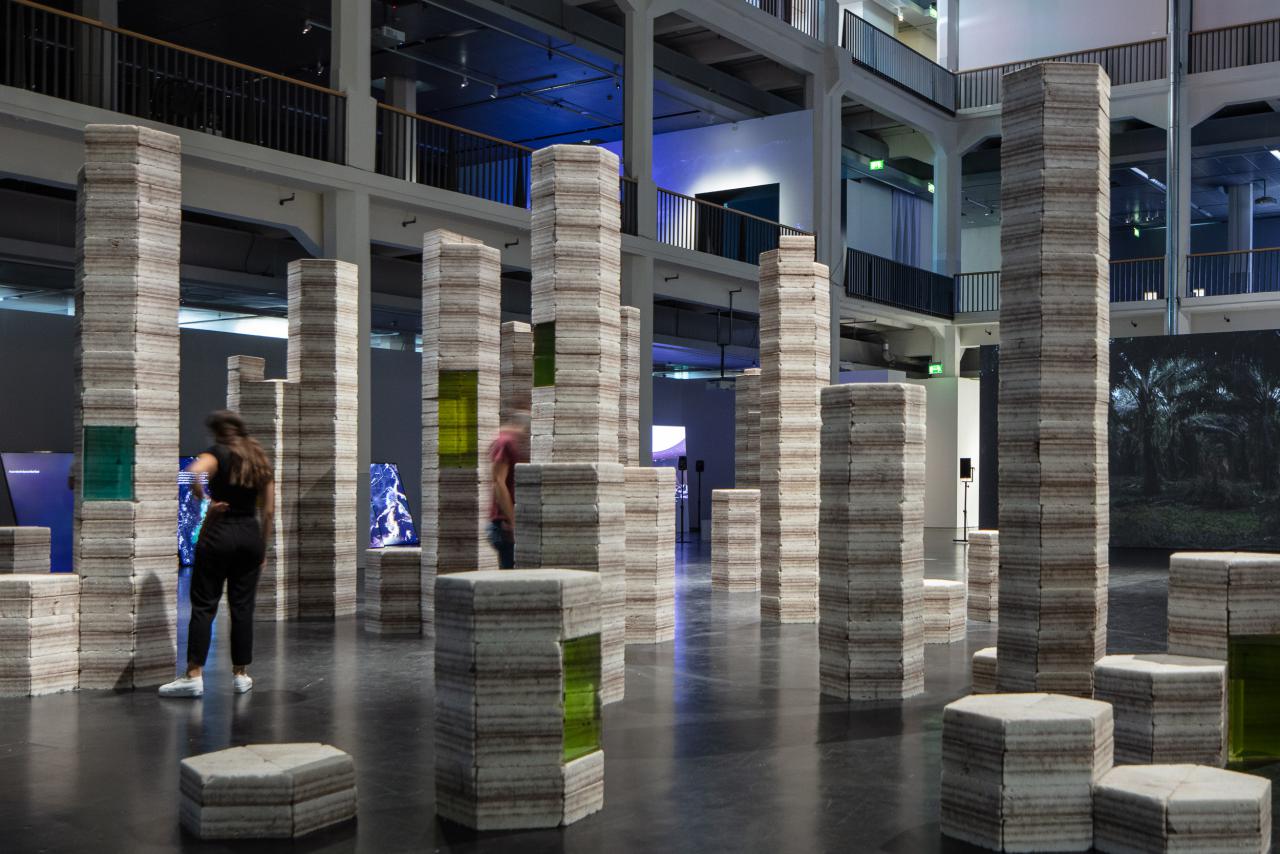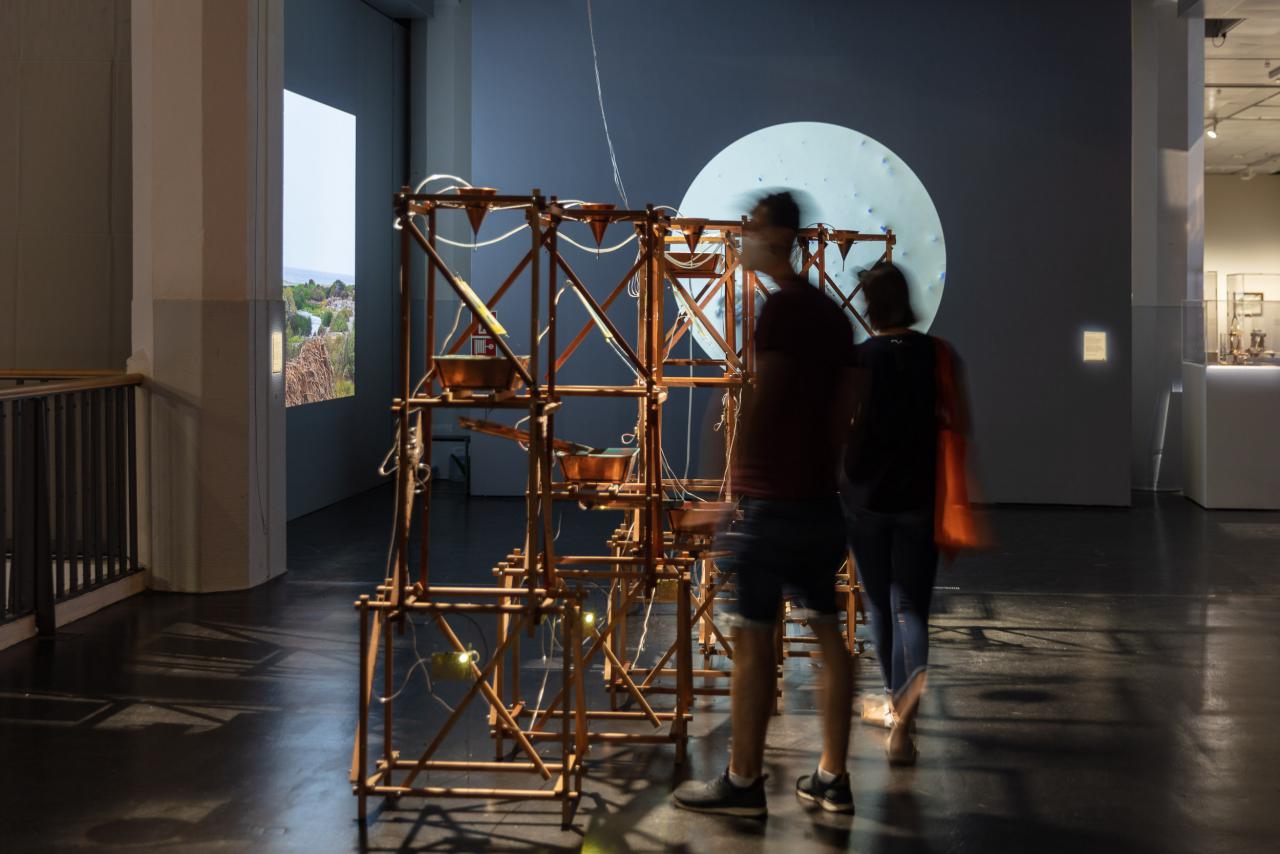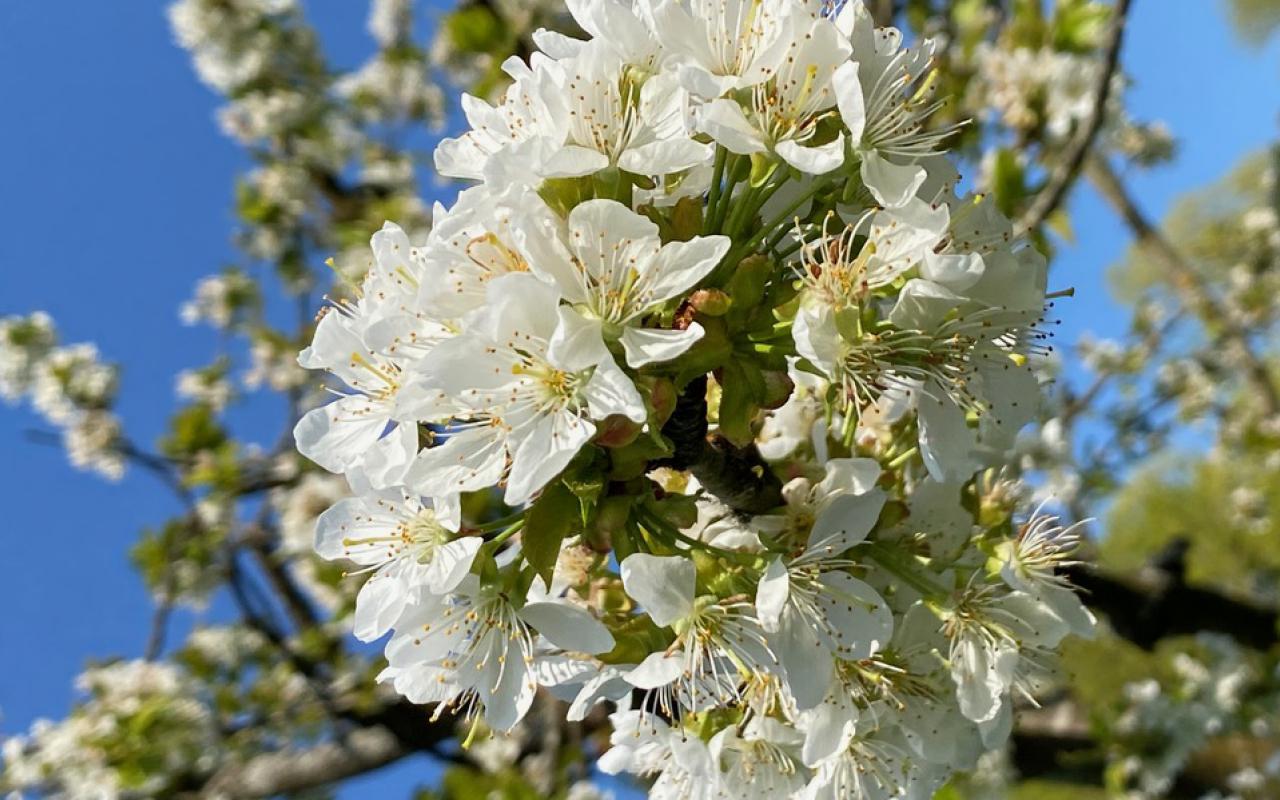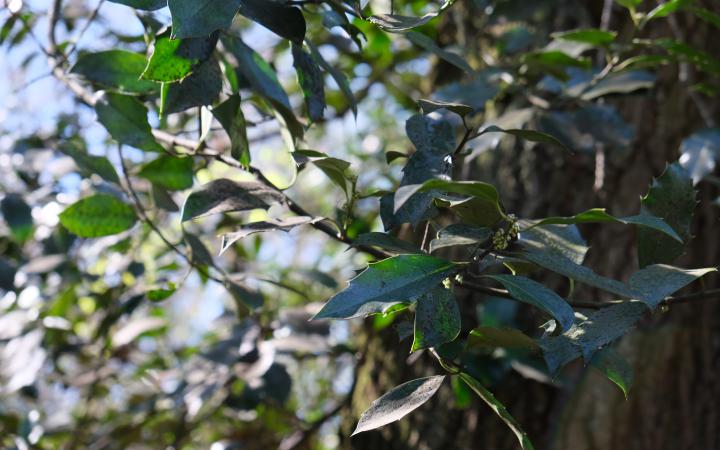
2020-08-20
Welcome to the Critical Zone!
BY PETER WEIBEL
Dear visitors,
the corona crisis has proven that it is possible, in a few weeks, to put an economic system on hold everywhere, a system that seemed impossible to slow down or redirect until now. The shutdown of society caused by the pandemic gave us time to pause, to reflect and rethink our coexistence and our relationship with nature and the environment. It allowed us to understand: Our living conditions on Earth are more fragile than we previously thought. No matter whether it is water, soil, plants, rocks, weather or animal life – all living beings take place on a layer of the Earth that is only a few kilometers thick, which is transformed into a critical zone by human intervention.
The exhibition »Critical Zones« invites us to take a closer look at the Earth on which we live and from which we depend. Whether monumental pillars of salt from the Bolivian Andes, where about one third of the world's lithium reserves are found, a river laboratory that records all chemical changes in the river in real time, or the painting Rocky Reef on the seashore – some 60 works between art and science sensitize us to the complex composition and extreme fragility of the thin skin of our Earth. The works stimulate a new understanding of the Earth – a new form of citizenship – to jointly care for our »symbiotic planet« (Lynn Margulis).

Observe the Critical Zone and all its creatures, become part of our comprehensive activation program and support us in working together to create a world that moves within planetary boundaries.
Your Peter Weibel


